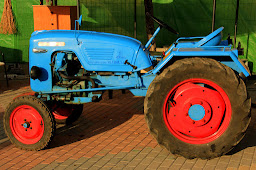Horlicks and a Wagon Wheel, please.

One of my early blog entries was about Spam . I was probably suffering withdrawal symptoms and I'd just discovered the delights of mortadella. I must like fatty meat products of doubtful provenance because the other day I was attracted to the design on a tin which showed some sort of processed meat. It was called magro and I don't remember having tried it before. Magro is unmistakably similar to Plumrose plopped ham with chalk - if you're old enough you'll remember the TV advert and if you're not your mind will still be nimble enough to work it out. As I sampled the magro I wondered if there was a blog to be written about the Spanish things that had replaced what had been UK staples. Cola-Cao for Cadbury's Drinking Chocolate, Hero bitter orange jam for Robertson's or Frank Cooper's marmalade and so on. No, that wasn't blog material. Far too mundane. Most of it would simply be about trade names. There are some things, the sort of things we occasion...












